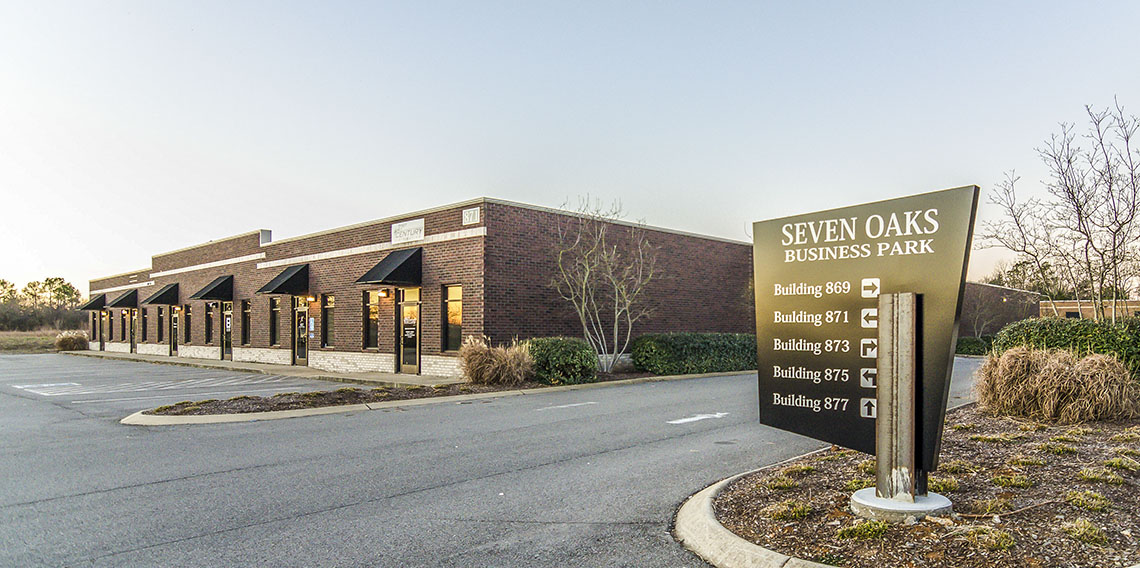Last year, Joey Rhyne got a call from local landlord Brad McNutt, who’d purchased a building at 2892 South Church Street in Murfreesboro.
McNutt, who was referred to Dow Smith Company by commercial real estate broker John Harney, wanted to build out a portion of the property for a specific tenant. Rehab Without Walls, which offers post-acute neuro therapy through residential, outpatient, and home-based programs, has locations across the country and was interested in moving into McNutt’s building. McNutt also wanted his building to be appealing to additional tenants.
The call took Rhyne, who is a Partner and Design-Builder at Dow Smith Company, into familiar territory. With two decades in the construction industry, Rhyne’s first projects were build-outs. He’d completed dozens of them before ever building anything from the ground up. Dow Smith Company does 10-to-15 build-outs per year, each of them taking eight weeks on average.
In this case, Dow Smith Company was able to work with McNutt and Rehab Without Walls to create a space that would work well for both the landlord and the tenant. Rhyne looked at all existing conditions of the building and discovered an issue with the electrical service. Dow Smith Company was able to make it so electrical service could be split into six tenants. Rhyne also helped McNutt through the permitting process with the City of Murfreesboro. From there, Dow Smith Company worked hand-in-hand with the tenant and had weekly check-in calls and timelines for vendors.
“I was there regularly when they were building it out. They did a great job,” McNutt said. “They’re excellent. They’re responsive. Very organized. Very detailed. They delivered under budget and under the projected time. You can’t beat that.”
With 20 years of experience with build-outs, Rhyne has learned a few things about the process:
• Work for a win-win. When doing a build-out, you have twice as many customers: the landlord and the tenant. Even if there isn’t a tenant yet, you’re building for the type of tenant you want to attract. Determine which things are “white box improvements” which means they’re the landlord’s responsibility, and which are tenant improvements. Landlords pay for things that will be useful no matter the tenant—lighting, restrooms, air conditioning, etc. Tenants pay for things that are specific to their design—flooring, painting, and furnishings. Some landlords will offer a tenant improvement allowance.
• Maximize ROI. Landlords want to control their costs so their return on investment is as strong as it can be while also making their properties as appealing as possible. Attracting quality tenants will have a positive impact on the development.
• Call a design-builder as early as possible. Dow Smith Company can come in and help evaluate existing conditions. When we come in on the front end, we can provide a schematic budget to help understand all the costs involved. We do this so you can better negotiate lease terms and it will be a fair and equitable price for both parties. The earlier we are involved, the sooner we can get a handle on the needs of all the stakeholders. Many times, Dow Smith Company will serve as a liaison between the landlord and the tenant and figure out what they want space to look like and what their needs are.
When it comes to build-outs, we know that both the landlord and tenant want to limit risk and increase revenue. Our goal is for both parties to be satisfied.







